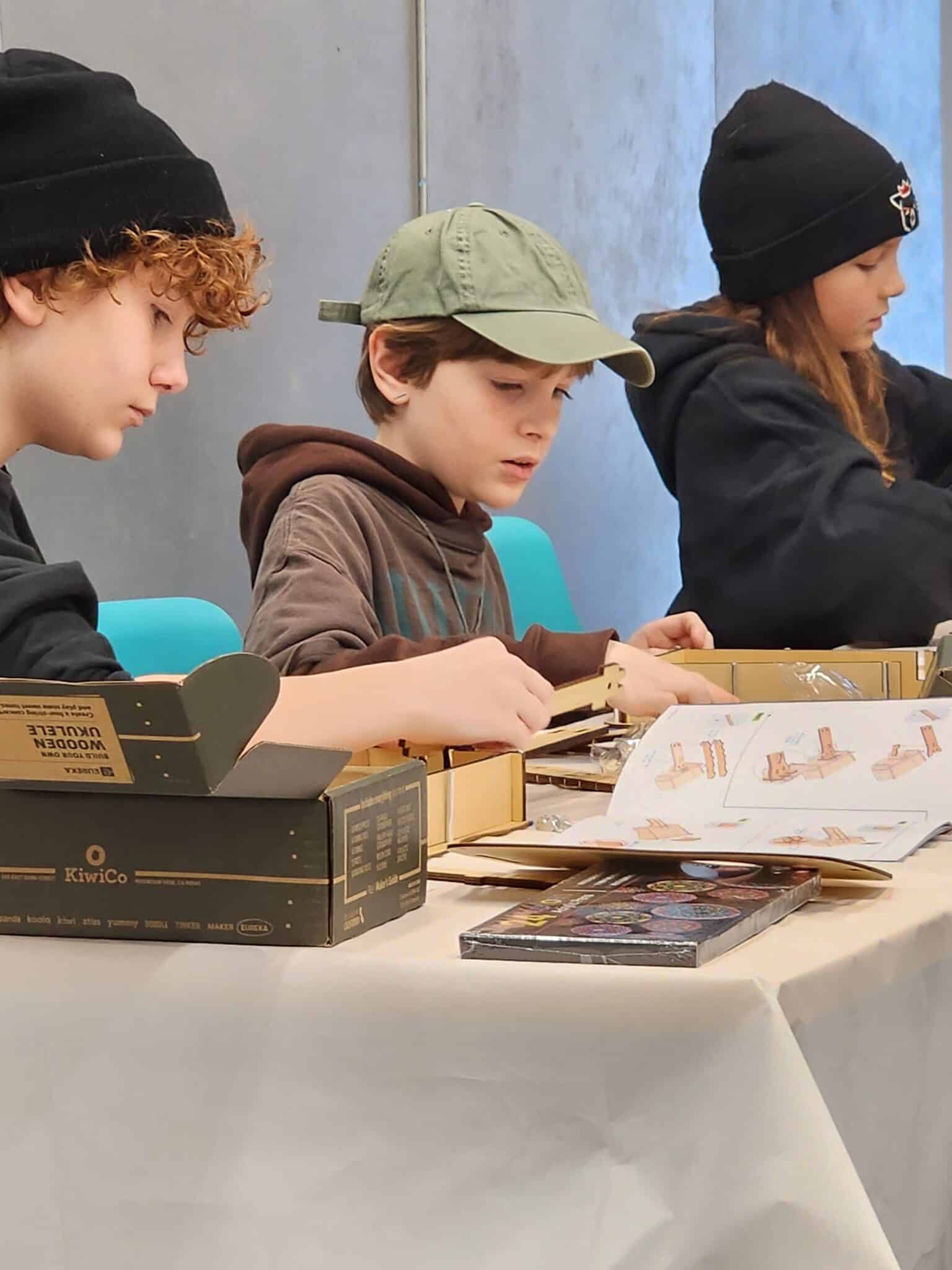n the heart of Prairie STEM’s innovative teaching approach, Christ the King School students recently embarked on an exciting journey into the world of Molecular Gastronomy. This cutting-edge culinary science brings together the art of cooking and the principles of chemistry, allowing students to explore the fascinating transformation of ingredients at a molecular level. One standout experiment involved creating “noodles” using clear Hawaiian Punch, Calcium Chloride, and Sodium Alginate. Let’s delve into the science behind this culinary adventure and how it aligns with the principles of STEM education.
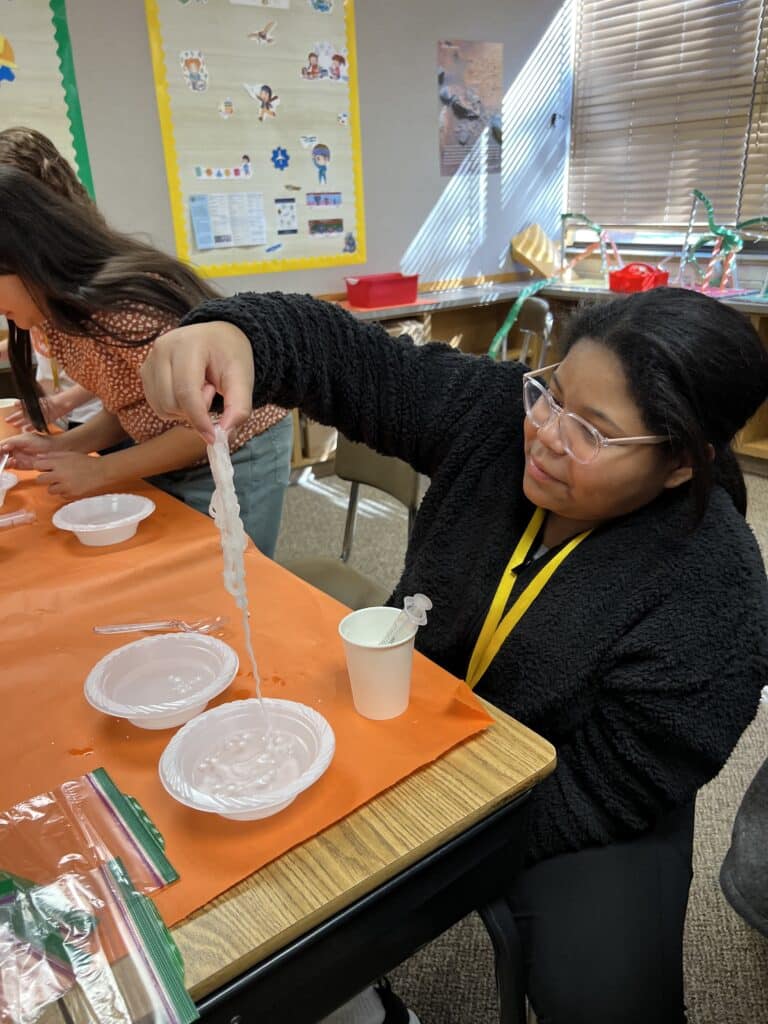
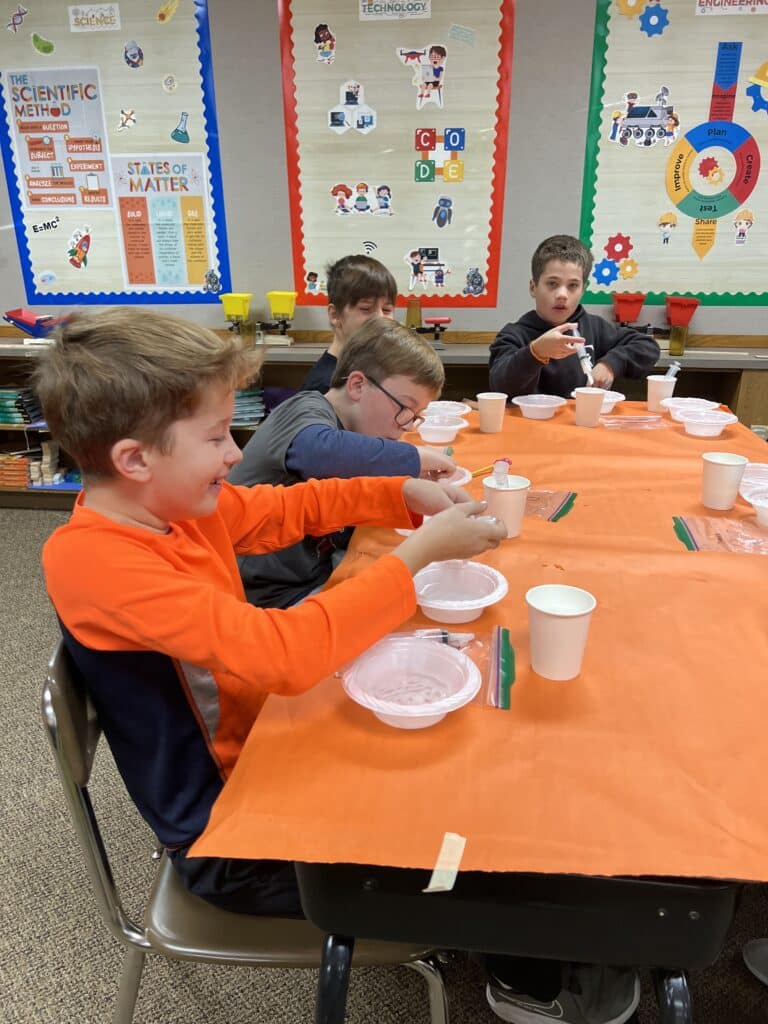
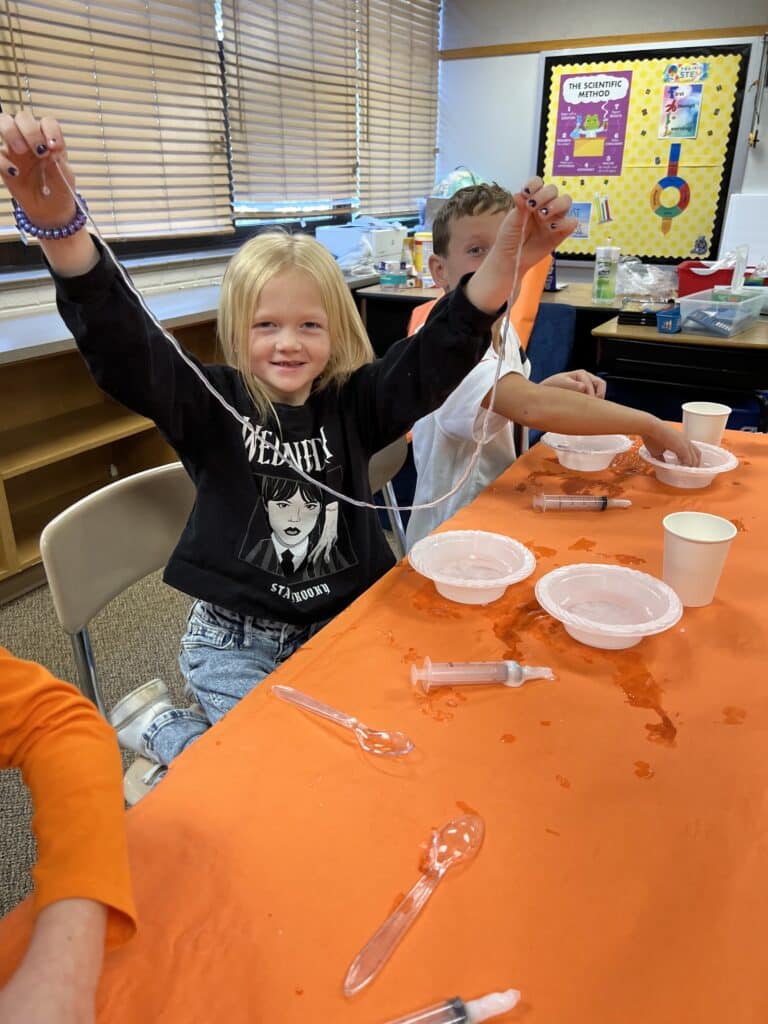
The Basics of Molecular Gastronomy:
Molecular Gastronomy is not just about creating visually stunning dishes; it’s about understanding the chemical and physical transformations that occur during the cooking process. At its core, this scientific discipline explores how different ingredients react with each other on a molecular level, resulting in unique textures, flavors, and presentations.

The Experiment:
Christ the King School students engaged in a hands-on experiment to create “noodles” using clear Hawaiian Punch, Calcium Chloride, and Sodium Alginate. Each ingredient played a crucial role in the molecular magic that unfolded in the classroom.
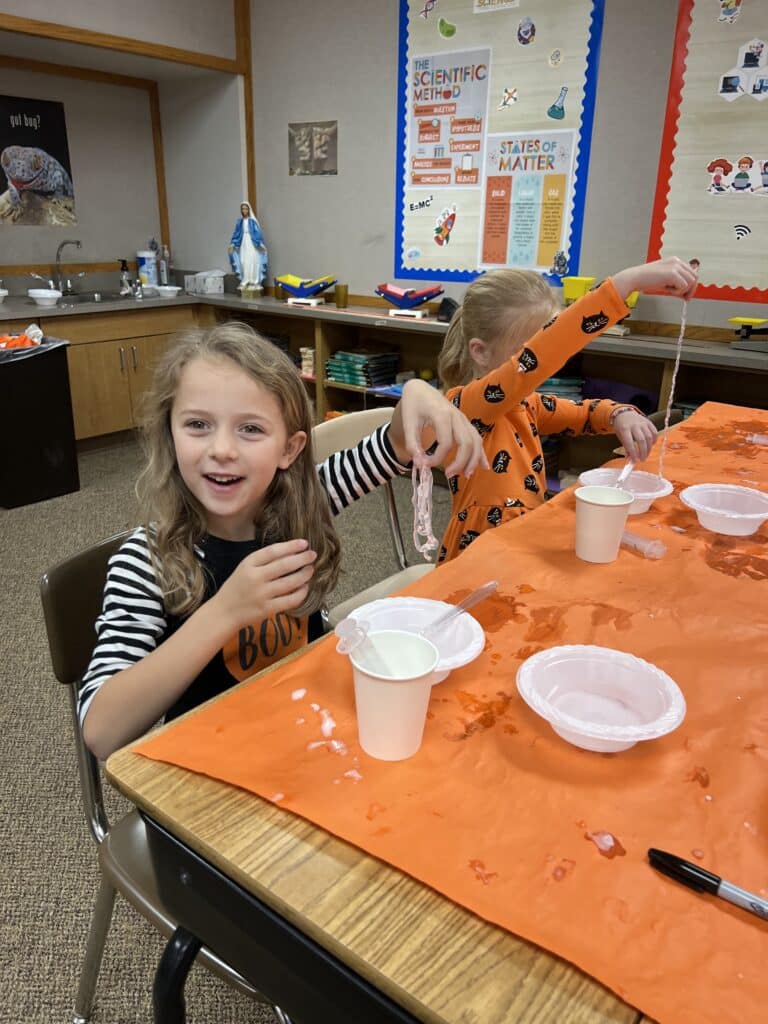
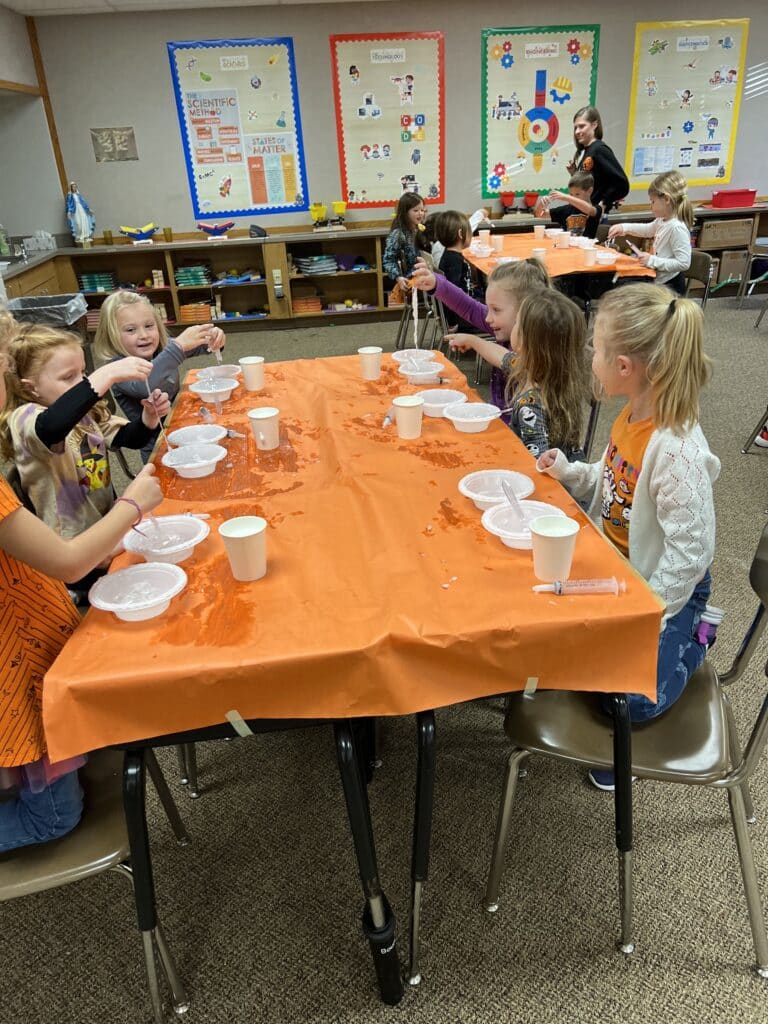
Hawaiian Punch:
The clear Hawaiian Punch served as the base for the noodles, providing both flavor and a unique visual element.
The students learned about the importance of choosing ingredients with specific properties to achieve the desired culinary outcome.
Calcium Chloride:
Calcium chloride acted as a cross-linking agent, helping to form a gel-like structure in the Hawaiian Punch solution.
Through this step, students explored the concept of cross-linking at a molecular level and how it influences the texture of the final product.

Sodium Alginate:
Sodium alginate, extracted from brown seaweed, was used to create the noodles’ outer layer. When the sodium alginate solution came into contact with the calcium chloride solution, a chemical reaction occurred, resulting in the formation of the noodle-like structure.
This step introduced students to the concept of spherification, a technique often employed in Molecular Gastronomy to encapsulate liquids within a gel-like membrane.
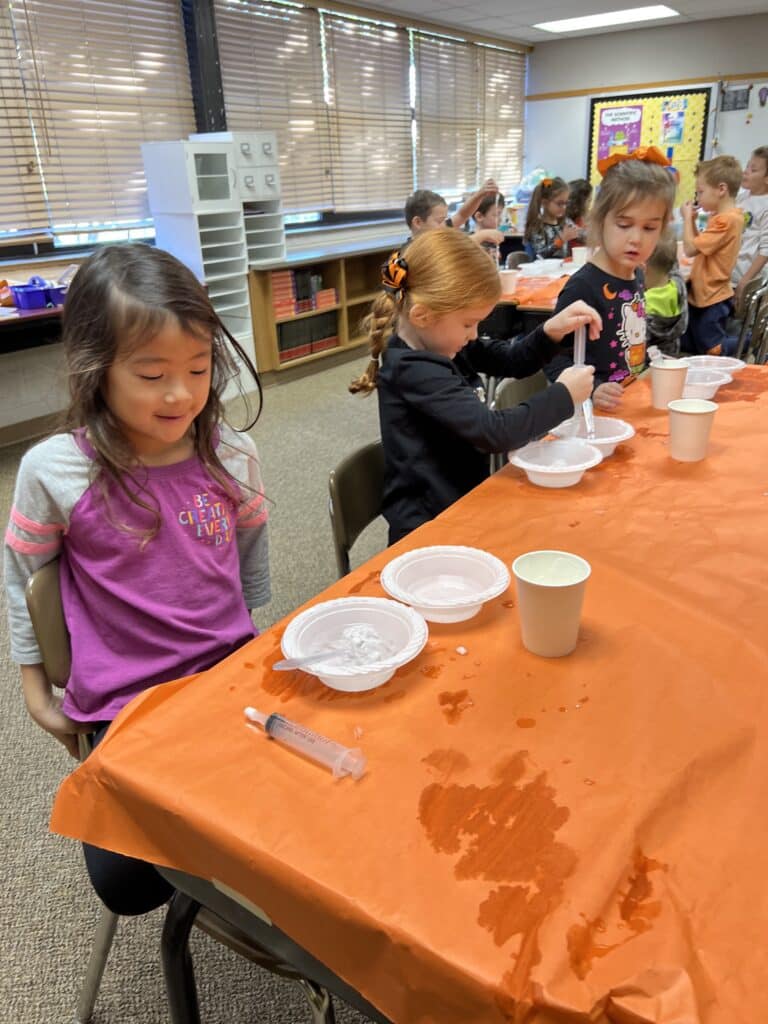
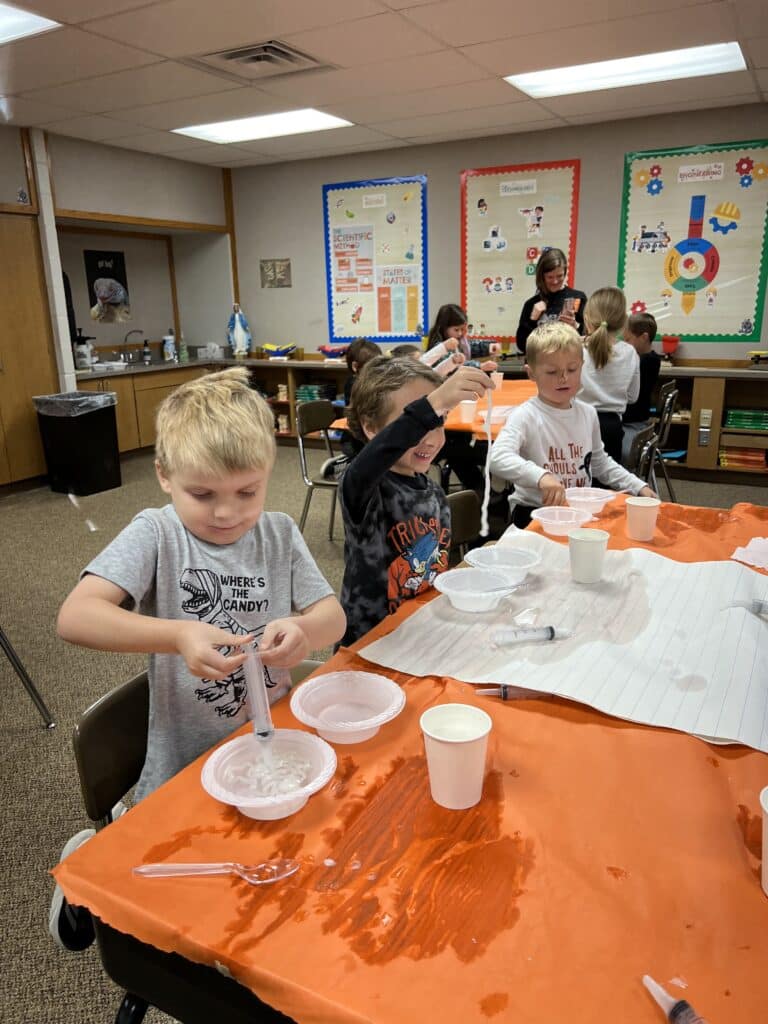
The Educational Impact:
The Molecular Gastronomy experiment at Christ the King School goes beyond creating a visually appealing dish. It serves as a gateway for students to explore various scientific principles:
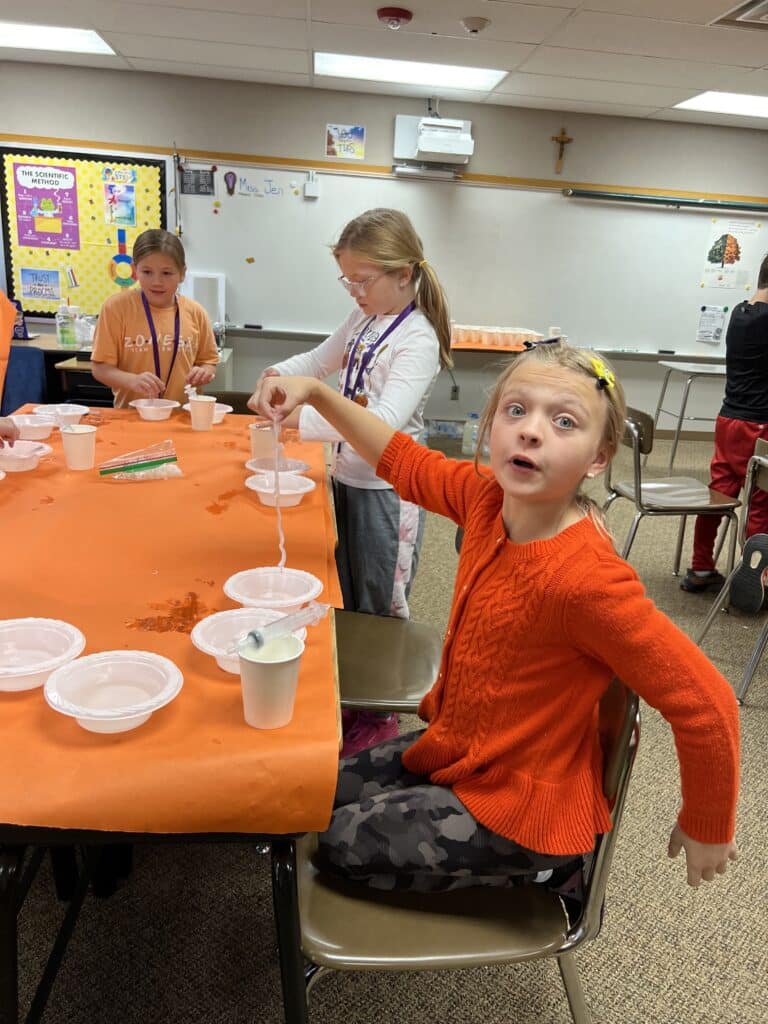
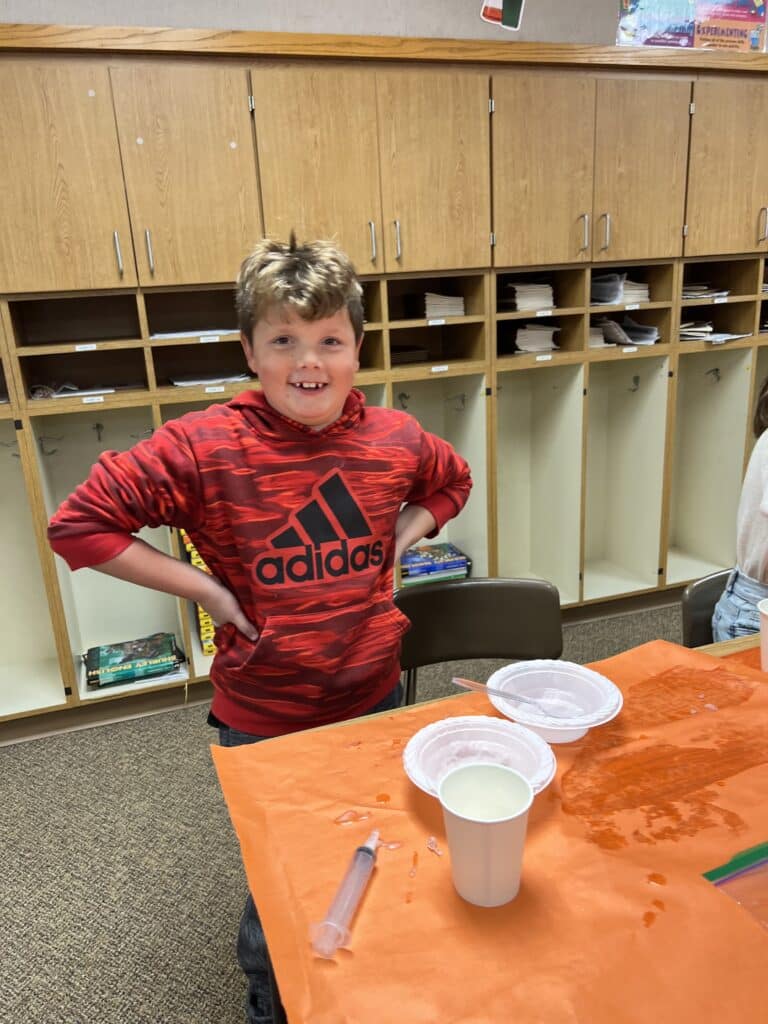
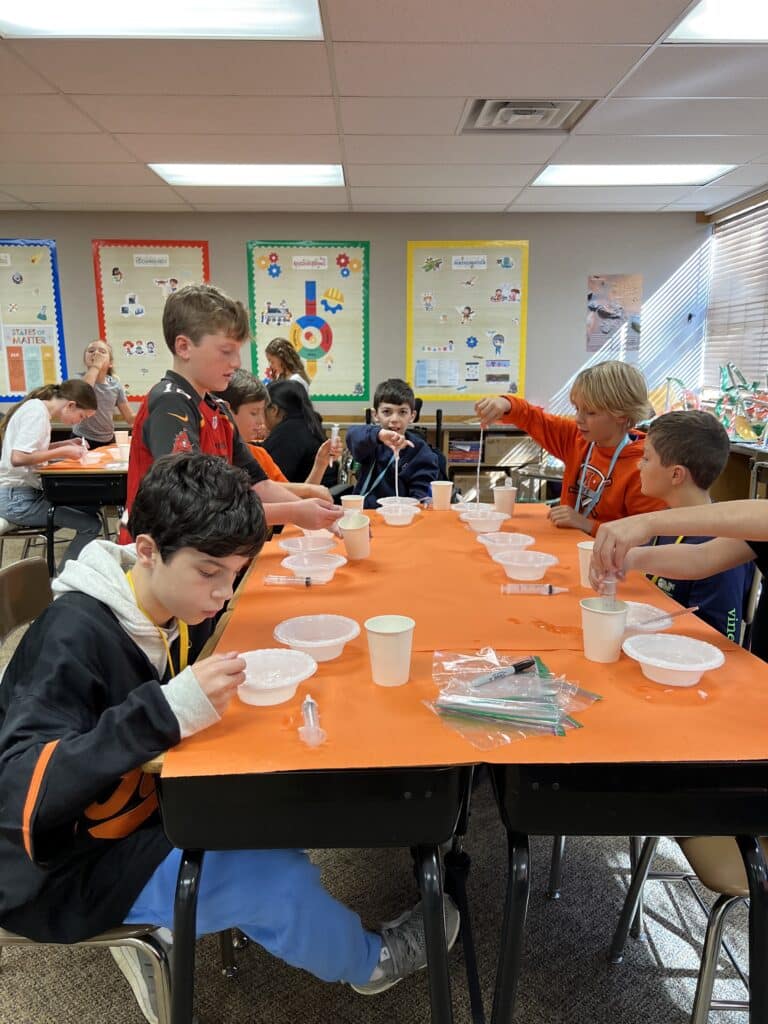
Chemical Reactions:
The interaction between the sodium alginate and calcium chloride showcased a chemical reaction, emphasizing the importance of precise measurements and understanding reaction dynamics.
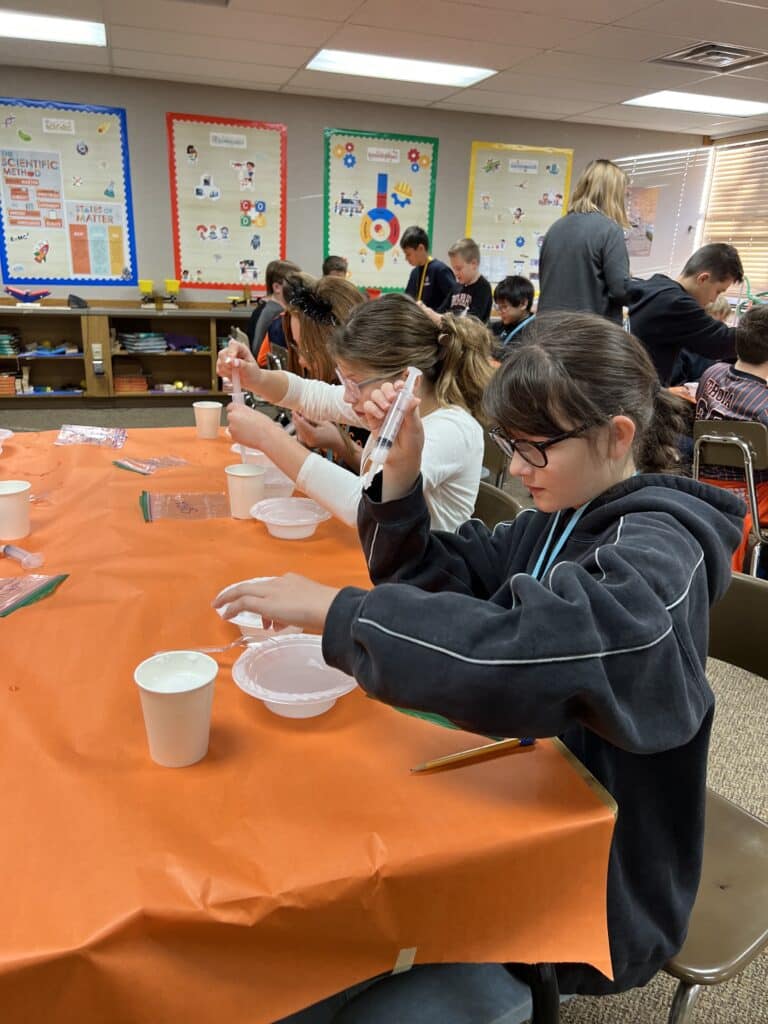

Cross-Linking:
The use of calcium chloride highlighted the concept of cross-linking in polymer chemistry, demonstrating how molecules can connect to form a larger structure.
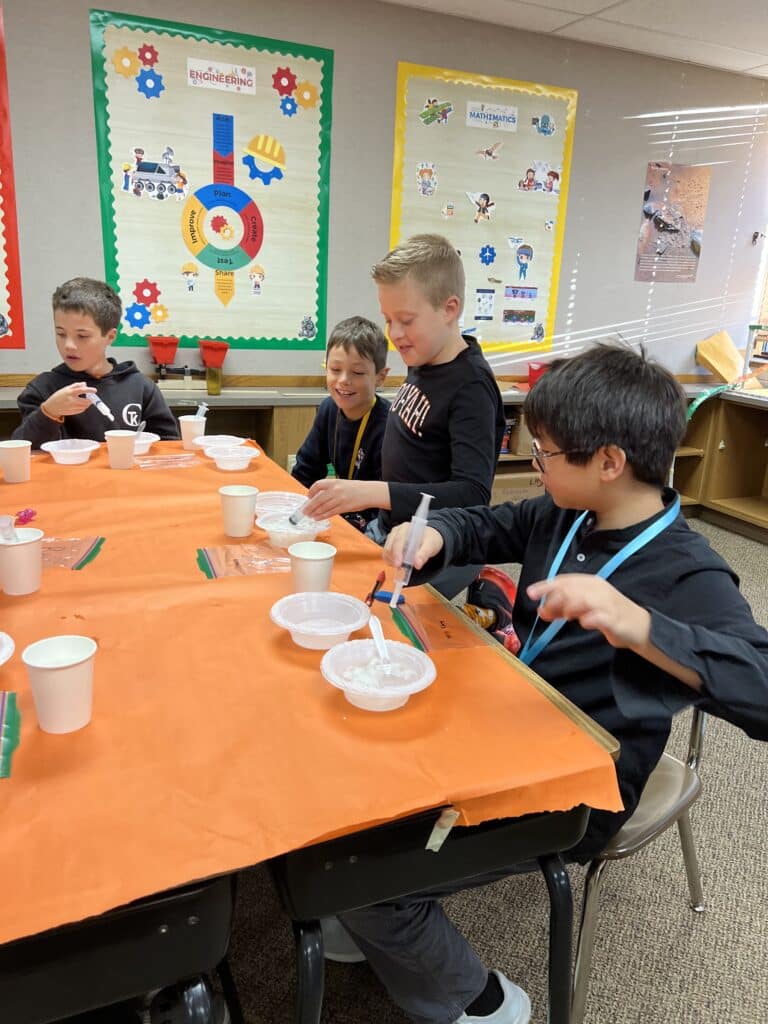
Critical Thinking:
Students were encouraged to think critically about ingredient selection, understanding the role each component played in the overall molecular transformation.
Interdisciplinary Learning:
The experiment seamlessly integrated science, technology, engineering, and mathematics (STEM), showcasing the interdisciplinary nature of Molecular Gastronomy.
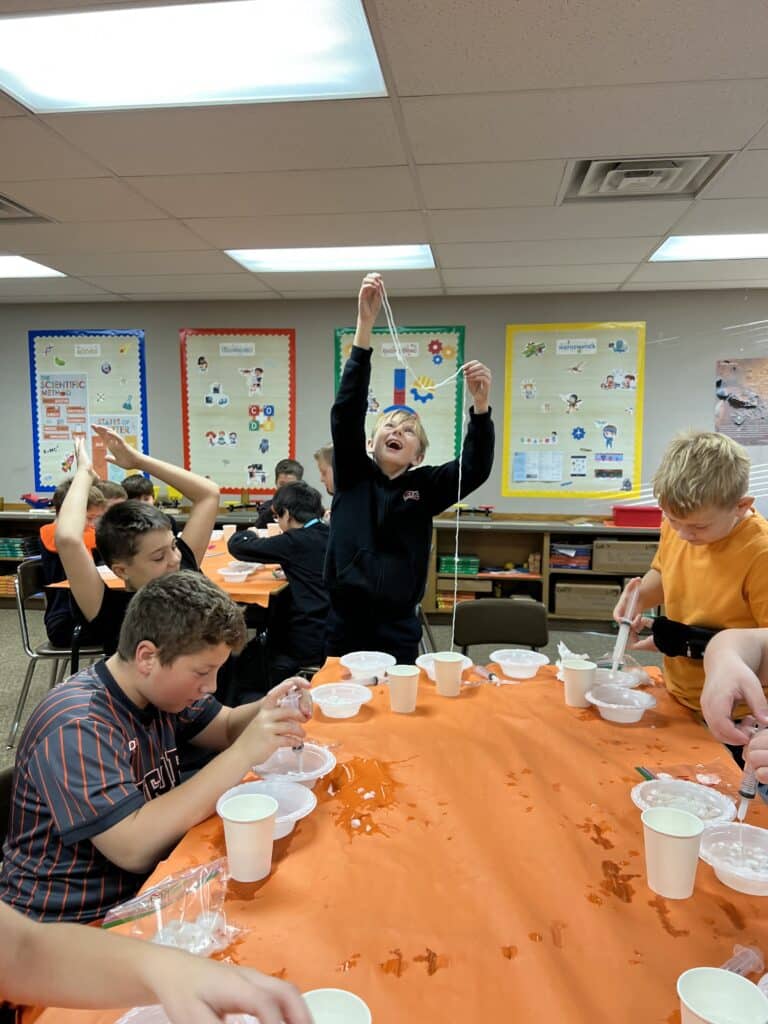
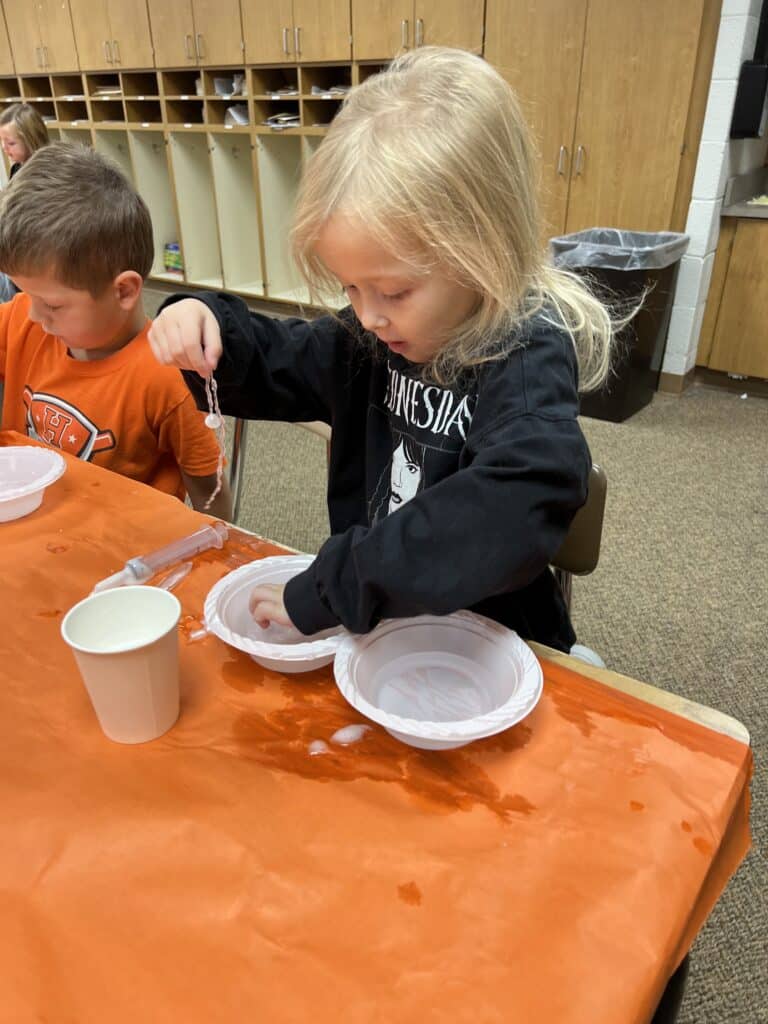
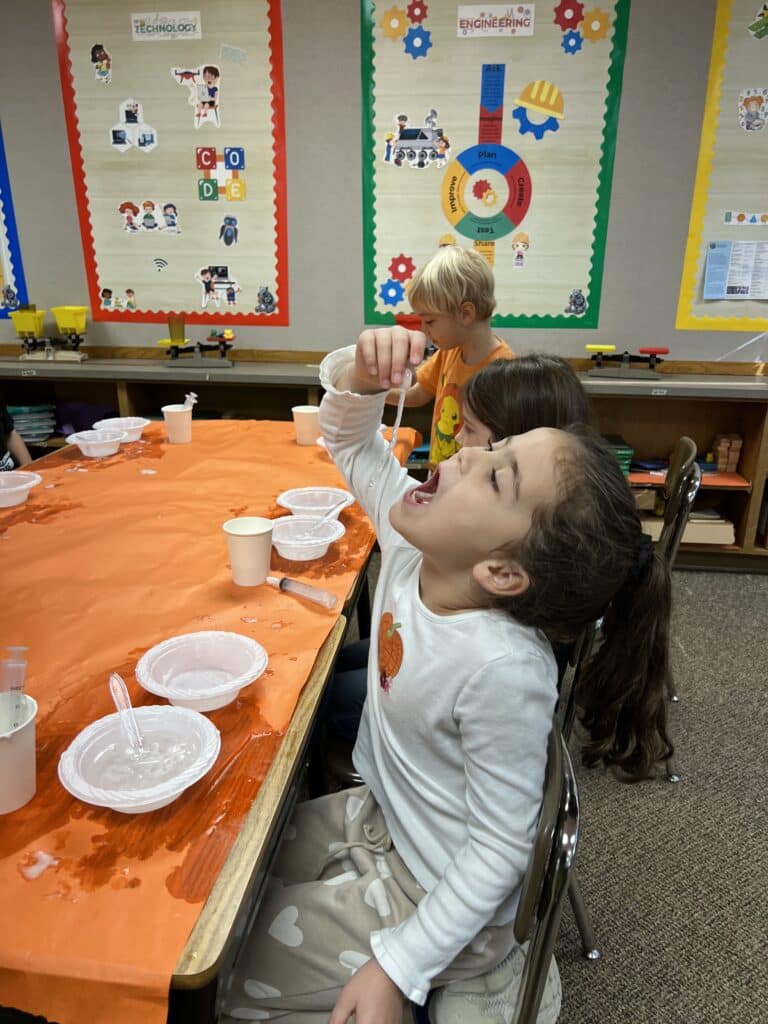
Prairie STEM’s Molecular Gastronomy experiment at Christ the King School not only tantalized taste buds but also ignited a passion for scientific exploration. By combining the art of cooking with the principles of chemistry, students gained valuable insights into the world of molecular transformations, setting the stage for future culinary and scientific adventures. As we continue to bridge the gap between science and everyday life, experiences like these will undoubtedly inspire the next generation of innovators and explorers.


